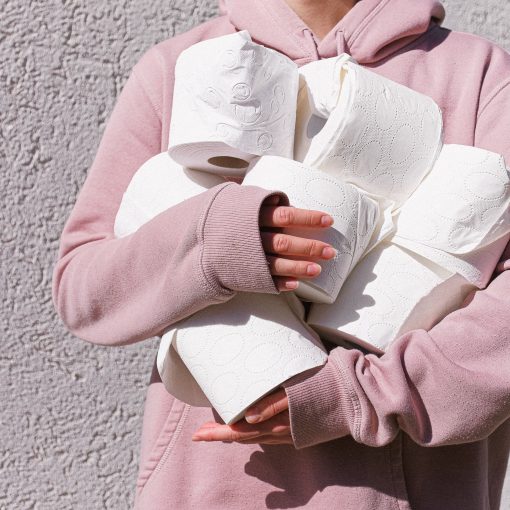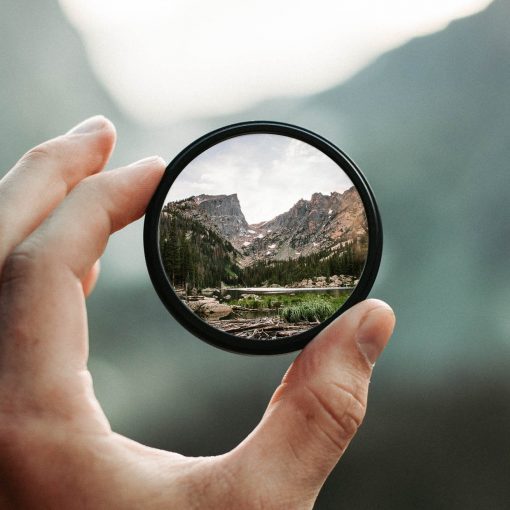This blog is about curiosity. We will get to the great scientist a bit later.
There is more to learning than being taught. Learning is not simply an exercise in logic or linguistics, even if societally we tend to elevate these ones above all others. Our capacity to learn did not begin with the invention of schooling. Each of us are programmed to learn from the moment we draw breath.
This is reflected in the work of Howard Gardner and his multiple intelligences theory (1983). Implicit here is a respect for various modes of intelligence and as such different ways of learning. Also there is the idea of somatic learning – soma comes from the Greek defining “whole body”. Somatic learning is a holistic paradigm which explores an experiential learning which stretches beyond the formal academic priorities or sports arenas.
There is no change without action, it is in the act of doing that our neural pathways are laid down. It is in action that our intentions are portrayed – and made sense of - by others. It is in practice that these learnings are strengthened and improved.
For example in Equine Facilitated Interactions the conversation is more about how you are than who we are, or “what we are” (thanks to Athena Herd Foundation for the definition link). “How one is” in the moment is so much more than words or titles, it is somatic, and so our interactive and influencing abilities in that moment are also much more than a simple reflection of language or position.
Change is hard
To move beyond our trained frameworks is never easy. Such a shift demands motivation and the tools to create an initial awareness. Think of the familiar as a practice or a habit, one to which we have committed many hours. In many cases we will have done the 10,000 to which Malcolm Gladwell writes of in Outliers. And in most cases, unconsciously!
Our habits are not just actions, but beliefs, thoughts and reactions. And we have often been practicing them all our life. They are bodies response to recurring challenges, solutions that are often unconsciously shaped in the white hear of real life interactions, we live in learning machines, albeit lazy ones. If we have a programme for a situation that has worked well before, then that will do this time.
If we are to act or think differently, first we need to create an awareness of the current model. In practice how many of us are aware of our habits – the very idea of them is that they run below our consciousness. So it takes a meaningful degree of will, feedback and motivation.
Zen, meditation and keeping Einstein in the moment
And so to the great scientist!
To engage with the often unconscious we need a different state of mind. Enter curiosity; it provides us with a light to illuminate the darkness beyond the familiar. It is a safe and non-judgemental way to explore beyond what is comfortable. Albert Einstein had a concept of Holy Curiosity. He defined this as “a state of being which is a virtue in itself, without the burden of description, explanation or doing.”
One other way to see this familiar is the Zen concept of language constraining existence. Our obsession with naming and defining acting as a limiter on experience. Naming in this context is another habit. In meditation, we often seek to move beyond the naming as the act of naming blocks curiosity. By applying the name we have defined the absolute, and so no longer “need” to explore it, that has been fixed in the naming process.
From a practical position, how often does definition hamper change? Whether we have defined and named an object, a process or a job; once it has an agreed and accepted understanding we begin to create resisters to change. Our brain likes to prove itself correct. Essentially it is out to find evidence in support of its existing belief or definition. An objective view of an opinion is not easy!
The resistors
Resistance is an expression of mindset. A behaviour framed by belief. A monochrome vision missing nuance or subtle alternative shades. It speaks in the absolutes of “that is how it is” or “it is what we do”. Such statements, constrain absolutely.
In Equine Facilitated Interactions it simply blocks us. We don't try what we can't do.
We do not even the consider curiosity thereafter; actually, we are more likely to perceive threat, or a risk to our fragile opinions. A threat to our ego's position on what is correct or what we have learned. Defining puts something in a box – habit seals that box, and ego locks it.
This is the very restriction lamented by Einstein and his admonishing to curiosity, to cite him more fully:
“The important thing is not to stop questioning. Curiosity has its own reason for existence. One cannot help but be in awe when he contemplates the mysteries of eternity, of life, of the marvellous structure of reality. It is enough if one tries merely to comprehend a little of this mystery every day. Never lose a holy curiosity.”
The curious mind at work
Mindfulness calls on us to remain in the moment – to be fully present. Curiosity supports us in this process – in fact John Kabat-Zinn defined this as maintaining an attitude of “Beginner’s Mind” inviting us to explore every experience like it was our first time. Curiosity can be defined as a noble emotion, what Jaak Panskepp this equates to SEEKING. An emotion is stimulated by novelty and discovery; it gifts our brains with the reward of dopamine. It tells us we have done a good thing and invites us to do it again.
Curiosity is a tool which can develop and expand our awareness. We all knew it as children – once upon a time everything was novel and exciting; the reverie of our exploration. Every moment and interaction unpacked and open to its potential to inspire and educate.
So like the young, curiosity kept Einstein focussed, it kept him in moment. No bad role model here! It facilitated an openness to experience. Curiosity is the means by which we learn and develop – it is the vehicle which can gently carries us beyond our comfort zone. In this way it facilitates enlightenment and edification.
In Equine Facilitated Interactions we can create a state of curiosity of action in the moment. We can invite people not just to believe, but to do and to act. We can create an experiential difference for them. We can create an embodied experiential proof of otherness.
Each one of us can connect with, and nurture the implicit potential, that fuelled Einstein's holy curiosity.




